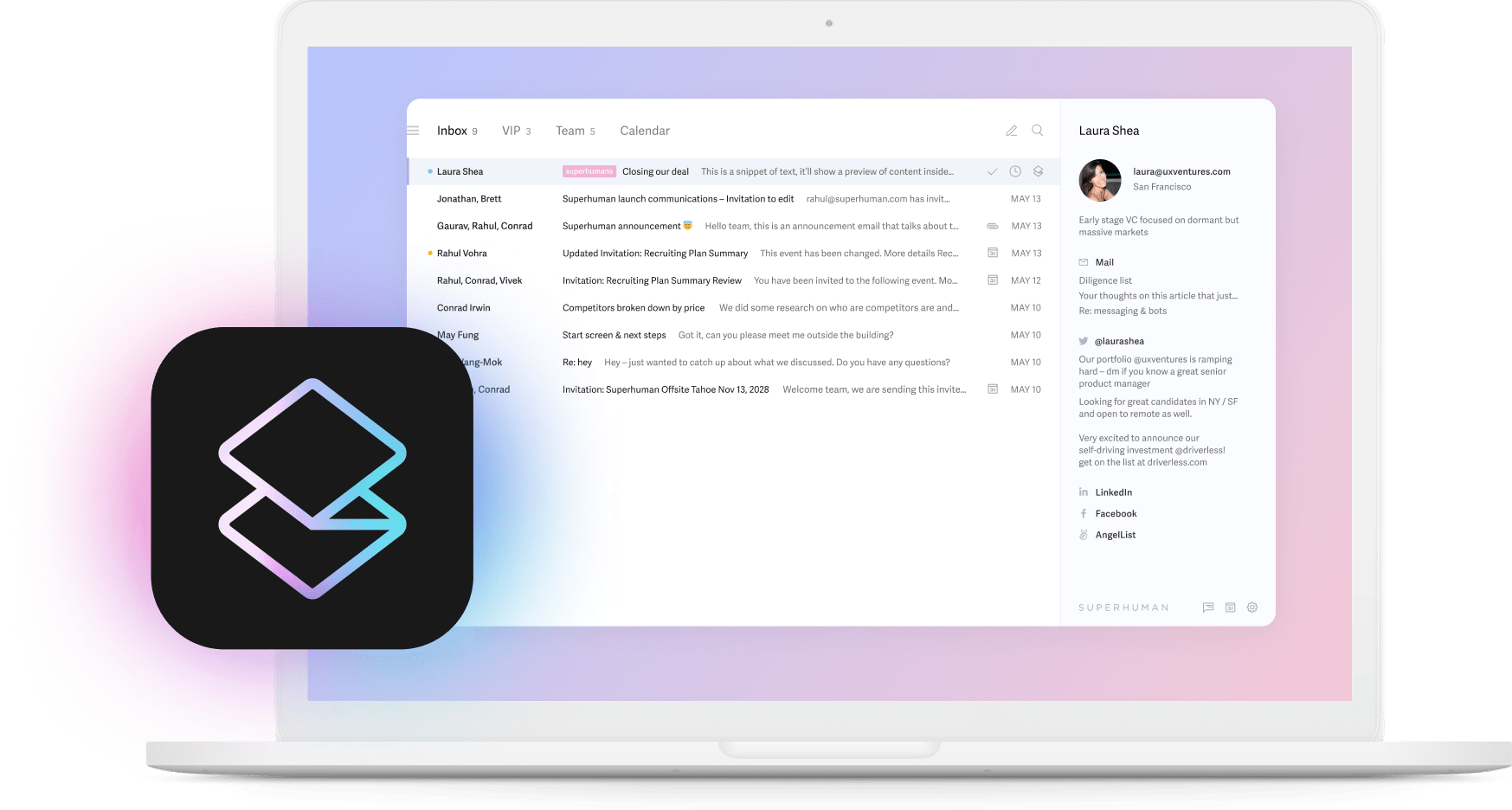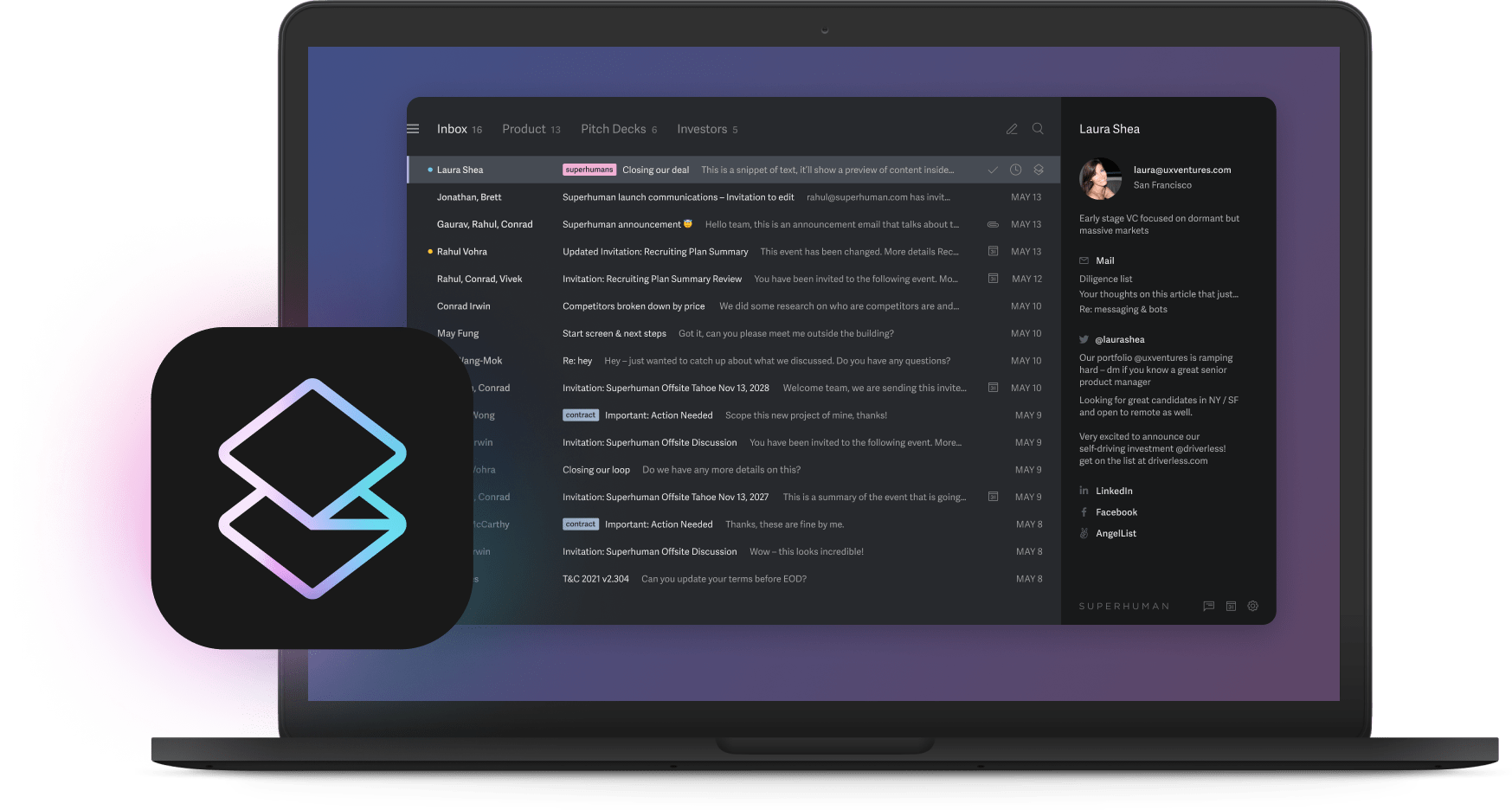
Ever wonder why your team feels so busy yet somehow you're still not hitting all your goals? It's shocking to discover that people spend nearly 20% of every week hunting down information or chasing colleagues for answers. Even worse, the average worker wastes 236 hours each year in meetings that should have been email.
The culprit? Your communication systems. Using them resembles delivering Amazon packages with a horse and buggy. This is exactly where AI in enterprise communication comes in, turning daily frustrations into a strategic advantage. By mastering business communication, you can crush these inefficiencies. The smartest companies are already doing it, and their methods are worth exploring.
Understanding AI in enterprise communication
Remember when business communication meant actual paper memos? We've come a long way, but our problems have grown too. Time spent on collaborative activities has jumped over 50% in the past two decades. Everyone's drowning in collaboration tools that were supposed to make things easier.
Teams everywhere struggle with the same basic issues: Which messages actually matter? How do you find that document from last month? Why does everyone think their request is the most urgent? Traditional tools often struggle with these challenges. AI-powered enterprise communication completely reimagines how businesses connect and work together.
Core AI technologies reshaping enterprise communication
AI is transforming various business areas, including communication. These business applications of AI are among the key technologies powering this communication revolution:
- Advanced natural language processing now powers systems that understand context, sentiment, and intent. By 2025, 70% of business interactions will involve machine learning.
- Smart analytics turn your communication data into insights you can actually use. These systems are like having an analyst who never sleeps, spotting patterns across all your channels that even your most detail-oriented team member would miss.
- Augmented writing tools have grown from simple spell-checking to sophisticated platforms that improve clarity, tone, and impact, making everyone a better communicator.
AI-powered email solutions: Superhuman's approach to communication workflows
Email remains essential in enterprise communication, but traditional inbox management takes up valuable time. Superhuman shows how AI-powered email communication can transform this experience.
Superhuman: Elevating enterprise email intelligence
Superhuman's Split Inbox is like having a mind-reading assistant who knows exactly which email matter and which ones can wait. It analyzes patterns to surface what's truly important, cutting into those 3.1 hours professionals typically waste on email daily. It spots the high-priority messages hiding among the noise and even suggests when to respond, turning your chaotic inbox into a strategic ally. This helps you prevent inbox fatigue — that feeling at 4pm when you just can't face another message.
The app's Superhuman AI acts as an AI email responder, learning your organization's communication style and drafting responses that sound authentic while saving time.
Its Team Comments feature transforms email from a personal tool into a collective intelligence app. Using email collaboration tools, shared insights and notes improve alignment without adding more meetings.
With features like Instant Reply & Auto Summarize, Superhuman helps you master email productivity, saving up to 4 hours weekly and showing that AI-powered enterprise communication tools deliver real productivity gains.
Try SuperhumanStreamlining information overload with AI in enterprise communication
You know that moment when someone asks about a document during a meeting, and everyone spends 10 minutes digging through their email, Slack messages, and cloud folders? That's information overload, and it's costing you real money. Your organization's data is growing at 61% annually — it's like trying to find one specific toy in a playroom that keeps doubling in size every year.
AI is also transforming how businesses manage communication through efficient search architecture, enabling teams to find information quickly and accurately.
AI-powered knowledge platforms like Notion AI and Microsoft Viva Topics automatically organize and surface relevant information based on context. These systems create a self-organizing knowledge ecosystem that gets teams what they need when they need it.
In addition, AI email marketing tools help streamline customer communication, ensuring that messages are targeted and relevant.
AI meeting assistants from Otter.ai and Fireflies.ai capture, transcribe, and extract action items from conversations, so those brilliant ideas and important decisions don't vanish into thin air the moment everyone clicks "Leave Meeting."
Enhancing cross-departmental collaboration
We've all been in those cross-departmental meetings where it feels like everyone's speaking a different language. Marketing talks about "engagement metrics," while engineering discusses "deployment pipelines," and finance is focused on "contribution margins." These terminology differences and misaligned goals kill productivity. AI in enterprise communication bridges these gaps in ways that honestly feel a bit magical:
- Translation layers that interpret department-specific jargon into the recipient's preferred terminology.
- Contextual enrichment that adds background information to communications between teams with different knowledge bases.
- Alignment detection that spots potential differences in priorities before they affect projects.
By leveraging diagonal communication benefits, organizations can enhance cross-departmental collaboration and overcome communication barriers.
Tools like Slack's AI features help by summarizing conversations and catching teams up on discussions, which is crucial for groups working across different departments or time zones. Understanding whether to use Slack vs. email for different communication needs can further optimize collaboration.
Automating routine communications
Routine communications take up valuable resources. AI reduces this through smart automation:
- Status update automation gathers progress data and creates updates for stakeholders without manual effort.
- Smart scheduling finds meeting times based on participants' patterns and availability, eliminating the back-and-forth.
- Personalized notifications deliver information in each person's preferred format and timing for maximum impact.
By implementing AI email automation, companies can automate routine communications and stay on top of their inboxes.
Companies using automation for communication save an average of 25 employee hours per week, giving teams back time for more valuable work.
Strategic implementation of AI in enterprise communication
Assessing your organization's communication needs
Before picking solutions, map your communication landscape:
- Audit existing channels to find overlaps and gaps.
- Track time spent on different communication activities.
- Measure outcomes like response times and resolution rates.
- Identify challenges through employee feedback and workflow analysis, including how to conquer digital distractions.
This approach prevents the classic mistake of buying shiny new tech that solves problems you don't actually have. Companies waste millions on AI tools that gather digital dust because nobody needed them. Successful AI implementations start with clear problem definition, not dazzling demos.
Integration strategies for seamless adoption
The best AI tools fall short when poorly integrated. Successful implementation needs:
- API-first thinking that connects new AI systems with existing tools.
- Authentication streamlining that reduces friction in accessing AI capabilities.
- Progressive enhancement that adds AI features gradually rather than overwhelming users.
Organizations like Loom show how thoughtful integration creates adoption momentum instead of resistance.
Measuring success & ROI
AI communication investments need clear success metrics:
- Time reclaimed from routine tasks.
- Collaboration effectiveness measured through project outcomes.
- Knowledge accessibility tracked through information retrieval rates.
- Employee satisfaction with communication tools.
Here's something shocking: AI implementations with rigorous measurement deliver 3x the ROI compared to those with fuzzy success criteria. The difference between "we want better communication" and "we want to reduce time spent searching for information by 30%" determines whether you transform your business or waste money.
The human element: Balancing AI & personal touch
AI excels at processing and routing information, while humans remain essential for emotional intelligence and relationship building. Personal connections remain fundamental to business success, even in digital environments.
Smart organizations use AI for routine communications while creating more space for meaningful human interactions. By automating updates and documentation, teams can focus on brainstorming, strategy, and relationship development.
The key is designing systems that enhance human capabilities rather than replacing them. Focus on "AI as augmentation" rather than "AI as automation" when reimagining communication workflows.
Ensuring truth & authenticity in AI communications
As AI generates more business communications, ensuring authenticity becomes crucial.
The "liar's dividend"—where deepfakes make even authentic content questionable—presents real considerations. 72% of business leaders are thinking about AI-generated misinformation affecting their operations.
Effective governance requires:
- Transparent attribution that shows AI involvement in communication.
- Authentication mechanisms that verify message origins and integrity.
- Content review procedures that maintain human oversight for sensitive communications.
- Ethics frameworks that set boundaries for AI communication use.
Organizations like Anthropic are creating ethical guidelines for AI communications that preserve trust while gaining efficiency.
Future trends in AI-powered enterprise communication
Several emerging trends are worth watching:
- Predictive communication will move beyond answering questions to providing information before it's requested. These systems will handle 70% of routine business inquiries by 2025.
- Multi-modal interfaces will blend text, voice, and visuals to match natural human communication. Meta's Make-A-Video research suggests we're approaching an era where AI can generate visual responses to verbal prompts.
- Ambient intelligence will make communication context-aware, with systems that understand when, where, and how to deliver information based on environment and user state.
- Emotional intelligence will help systems detect and respond to human emotions, with IBM Watson already advancing in this area.
Forward-thinking organizations are preparing with flexible architecture, ethical guidelines, and human-AI collaboration models that can evolve with these technologies.
Recommended AI communication tools & resources
Several apps stand out for tackling enterprise communication challenges:
- Superhuman, considered one of the best AI email apps, excels in email intelligence, turning overwhelming inboxes into assets through AI-powered prioritization and response generation.
- Microsoft Copilot integrates AI assistance across Microsoft 365, enhancing communications in documents, email, and chat.
- Slack's AI features help teams stay connected through intelligent summarization and organization.
- Otter.ai transforms meetings with realtime transcription and action item extraction.
- Grammarly Business ensures consistent communication quality through AI writing assistance.
Implementation resources
These resources can guide your AI in enterprise communication transformation:
- MIT Sloan Management Review's AI Resource Library provides research-backed frameworks.
- Google's People + AI Guidebook offers practical advice for human-centered AI design.
- The AI Business School from Microsoft delivers executive-level guidance.
Training & development
Building capability requires ongoing education:
- LinkedIn Learning's AI Communication courses provide role-specific training.
- O'Reilly's AI curriculum delivers technical depth for implementation teams.
- Coursera's AI specializations offer structured learning paths for different roles.
Transforming communication into competitive advantage
The companies truly pulling ahead aren't just adopting new tools — they're fundamentally changing how information flows through their organization.
When implemented strategically, AI communication tools create an incredible multiplier effect. Decisions happen faster. Execution speeds up. Relationships grow stronger. This transformation goes beyond incremental improvement. The data confirms this: companies that effectively integrate AI into their core processes become 5x more likely to see massive benefits compared to those just dabbling.
But there's no need to boil the ocean. Start with just one communication challenge that's causing real pain. Maybe it's those never-ending email chains where decisions get lost, or the knowledge that keeps disappearing when people leave. Implement a targeted solution, measure the results obsessively, and build from there. This approach builds unstoppable momentum while avoiding change fatigue.
The future belongs to organizations that flip the script on communication, transforming it from a cost center into a strategic advantage. The companies applying AI to make their people more effective redefine what's possible. And in five years, we'll all look back and wonder how we ever worked any other way.





